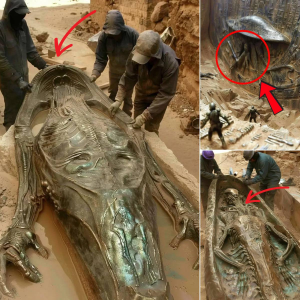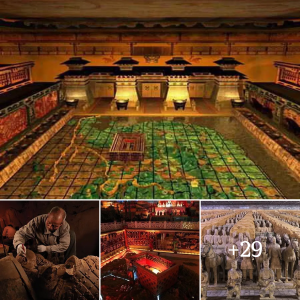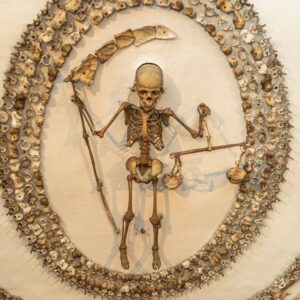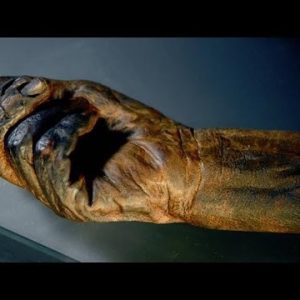A team of professional and amateur archaeologists believe they may have discovered the monastery of Aebbe (615-683 CE), a powerful Anglo-Saxon woman who helped shape British history.

Coldingham Priory. Image credit: DigVentures / Aerial Cam.
Born a pagan princess, Aebbe (Æbbe of Coldingham) was the daughter of King Ethelfrith of Bernicia and Acha of Deira. Bernicia and Deira were Anglo-Saxon kingdoms in what is now southeastern Scotland and North East England.
When her father was killed, Aebbe fled with her siblings to Dál Riata, a kingdom that extended across parts of western Scotland and north eastern Ireland. It was a hub of early Christianity, and the family quickly converted to Christianity.
When her brother Oswald returned to Bernicia in 635 CE to reclaim the family throne, she joined him on a shared mission to convert the still largely pagan population.
Aebbe would have been one of the most eligible brides in the kingdom, but she refused to marry. In fact, she is said to have prayed so hard not to be married to a particular prince who was pursuing her that water rose up and prevented him from reaching her for three whole days, by which time he’d given up.
Instead, she established the monastery that helped her brother maintain control over the northernmost parts of his kingdom, holding a community of pagans and Christians together.
For decades, archaeologists have tried to locate the monastery, which was destroyed by Viking raiders in 870 CE.
Now, excavations led by DigVentures, a social business that specializes in crowdfunding, crowdsourcing and digital methods to increase public participation in archaeological research, have found traces of a vast, but narrow circular ditch, which is likely to be the ‘vallum’, the boundary surrounding Aebbe’s religious settlement.

DigVentures team excavates what may be Aebbe’s monastery. Image credit: DigVentures / Aerial Cam.
“The section of boundary ditch we found links up with two other ditch sections, and together they seem to encircle Coldingham Priory, meaning that the heart of Aebbe’s monastery is somewhere underneath it,” said Dr. Manda Forster, program manager at DigVentures.
In the area just outside the boundary, where small-scale industries like metalworking or pottery production would usually have taken place, the team also uncovered a huge pile of butchered animal bones which radiocarbon dating has just confirmed date to 660-860 CE.
“This is pretty much exactly when Aebbe’s monastery was in existence. Originally built around 640 CE, it is said to have burned down shortly after her death, but was then rebuilt and thrived until it was destroyed once again by Viking raiders 200 years later,” Dr. Forster said.
Previous attempts to find the monastery had followed traditional claims that it was probably on the headland, at a cliff-top location overlooking the sea, but no hard evidence consistent with an extensive, wealthy Anglo-Saxon monastery was ever found.
This time, the archaeologists looked further inland, to where Coldingham Priory is now located.
“We based our search on a geophysical survey which revealed the outlines of several possible archaeological features, plus a series of individual finds including fragments of an Anglo Saxon belt fitting and sculpture, all of which seemed to centre on the later medieval priory in the heart of the village — and it makes sense that the later Benedictine monastery was built on the site of its Anglo Saxon predecessor,” Dr. Forster said.
It wouldn’t have been possible to dig the whole site, so the team drew up a shortlist and took the bold step of asking their followers to help narrow down the choices.
In total, the scientists excavated four different trenches, balancing the public’s choice with their own expertise.
“It is brilliant to finally be able to announce that we’ve found Aebbe’s monastery, and to confirm that part of it is probably underneath Coldingham Priory,” Dr. Forster said.
“Aebbe is an extraordinary figure — an example of a powerful Anglo Saxon woman who played a big part in establishing Christianity in the region during the 7th century CE. Now that we’ve got evidence to pinpoint exactly where her monastery was, we can help bring her story back to life.”





